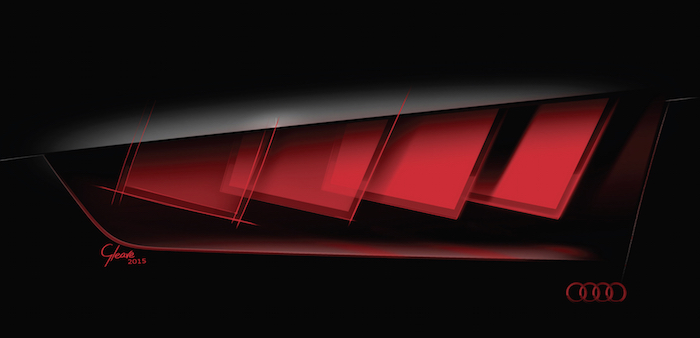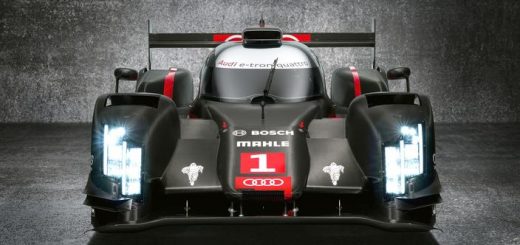Audi loves new lighting technologies, and they’ve just debuted the next major product to come from their ‘Lighting Competence Center‘ in Ingolstadt, a new version of its Matrix OLED lights. The OLED lights (organic light emitting diode) will be shown at the upcoming Frankfurt Motor Show on a yet-to-be-revealed concept car and will offer several major benefits over traditional LED lights.
The OLED lights are comprised of two electrodes, which incorporate thin layers of organic semiconductor material that are activated and lit through low DC voltage (between three and four volts). Each of the layers are less than one‑thousandth of a millimeter thick, making the OLED lights flat as opposed to crystal-shaped like traditional LEDs. The lights cast no shadows, require no reflectors or light guides and are thus extremely efficient, very lightweight and require little to no cooling.
While OLED lights are currently not powerful enough to be used on production automobiles, Audi says it is making rapid progress in the field. As increases in light density are made, the lights will be able to produce brake and turn signal lights. Additionally, the glass sheets used to contain the organic materials in the lights will eventually be replaced with flexible plastics, giving them a three-dimensional appearance and opening up new avenues for designers.
In addition to saving energy and giving designers more freedom, OLED lights can also be separated into smaller segments that will emit different brightness levels. Audi says the different segments will have precise boundaries that will enable “new lighting scenarios with extremely fast switchover times.”
Audi will show its OLED lights in Frankfurt next month, however the automaker’s ‘Swarm’ concept first shown in 2013 is meant to give consumers a good idea of what will be possible when OLED technology becomes widespread.














No Comments yet